Faculty and Staff
Click here to add your own text
While moving into the apartments comes with many new freedoms (no more room inspections!), the transition is also accompanied by many new responsibilities, including cooking. For many students, this will be the first time they will be responsible for planning their own meals, which can be a daunting task. If you’re new to the apartments and need some inspiration on where to get started, check out one or more of these easy, nutritious recipes!
This recipe is easy, versatile, and perfect for when you’re running late to class! Use your favorite berries and favorite granola to customize the bark to your liking. Not sure which berries to use? Strawberries, blueberries, blackberries, and raspberries are all high in fiber, vitamin C, and manganese and blackberries and blueberries are additionally great sources of vitamin K. Paired with granola and greek yogurt, this bark is also a great source of whole grains and protein. Try making the bark on a Sunday night and placing it in plastic bags so all you have to do is grab a bag on the way to class throughout the week.
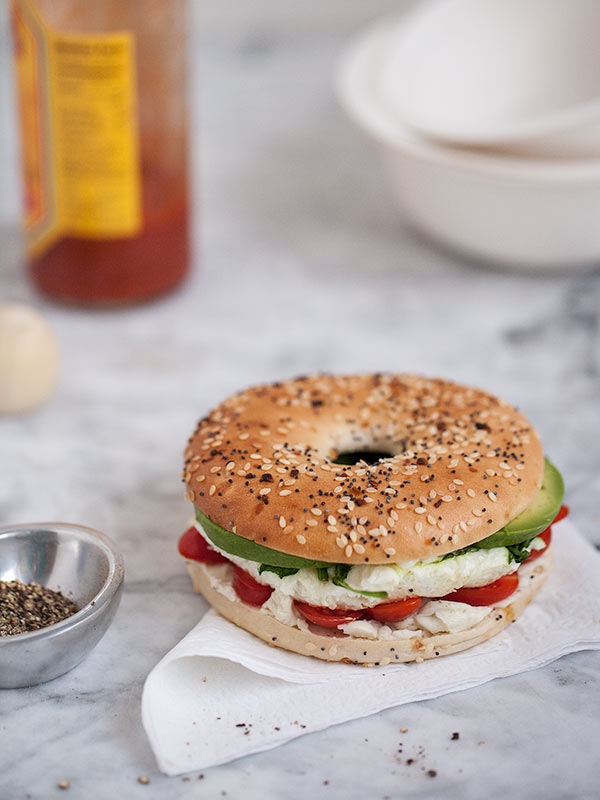
Photo via foodiecrush.com
Egg and Vegetable Breakfast Sandwich
With egg whites, avocado, and veggies, this breakfast sandwich is packed with protein, healthy fats, and fiber. Avocados also pack more potassium than bananas and spinach is high in iron, which helps red blood cells to carry oxygen around your body. Use your favorite bagel flavor and favorite type of cheese to customize it to your liking. However, the best past of this recipe is that you can make the eggs in the microwave if you’re in a rush!

Photo via yummyhealthyeasy.com
Black Bean and Quinoa Stuffed Zucchini
This dish is so easy and filled with important nutrients. The black beans and quinoa in this dish are great sources of plant-based protein and fiber; the black beans also provide potassium and the quinoa contains iron and all nine essential amino acids. The zucchini is also high in vitamin C, which helps to lower blood pressure and protect against clogged arteries. Make extra and reheat it in the oven for lunch or dinner the next day.
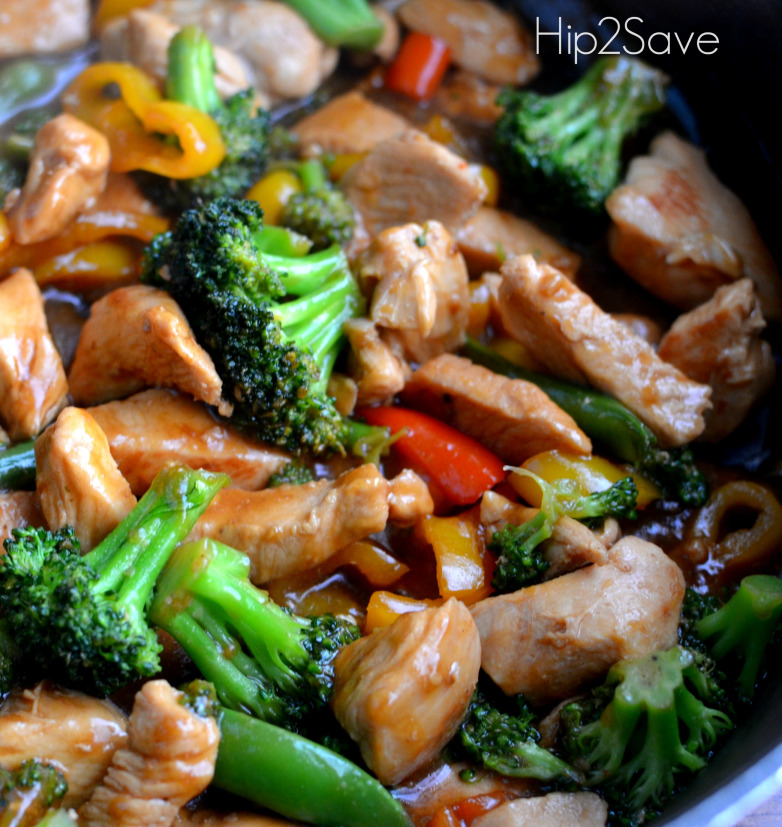
Photo via hip2save.com
This stir-fry recipe is super versatile because you get to pick the veggies! Try stopping by the UCLA Farmer’s Market once a month on Wednesday’s or the Westwood Farmer’s Market between noon and 6PM on Thursdays for whatever vegetables happen to be in season. The ginger in this recipe adds a ton of flavor and has anti-inflammatory compounds. Serve with brown rice for an added dose of fiber, manganese, and selenium.
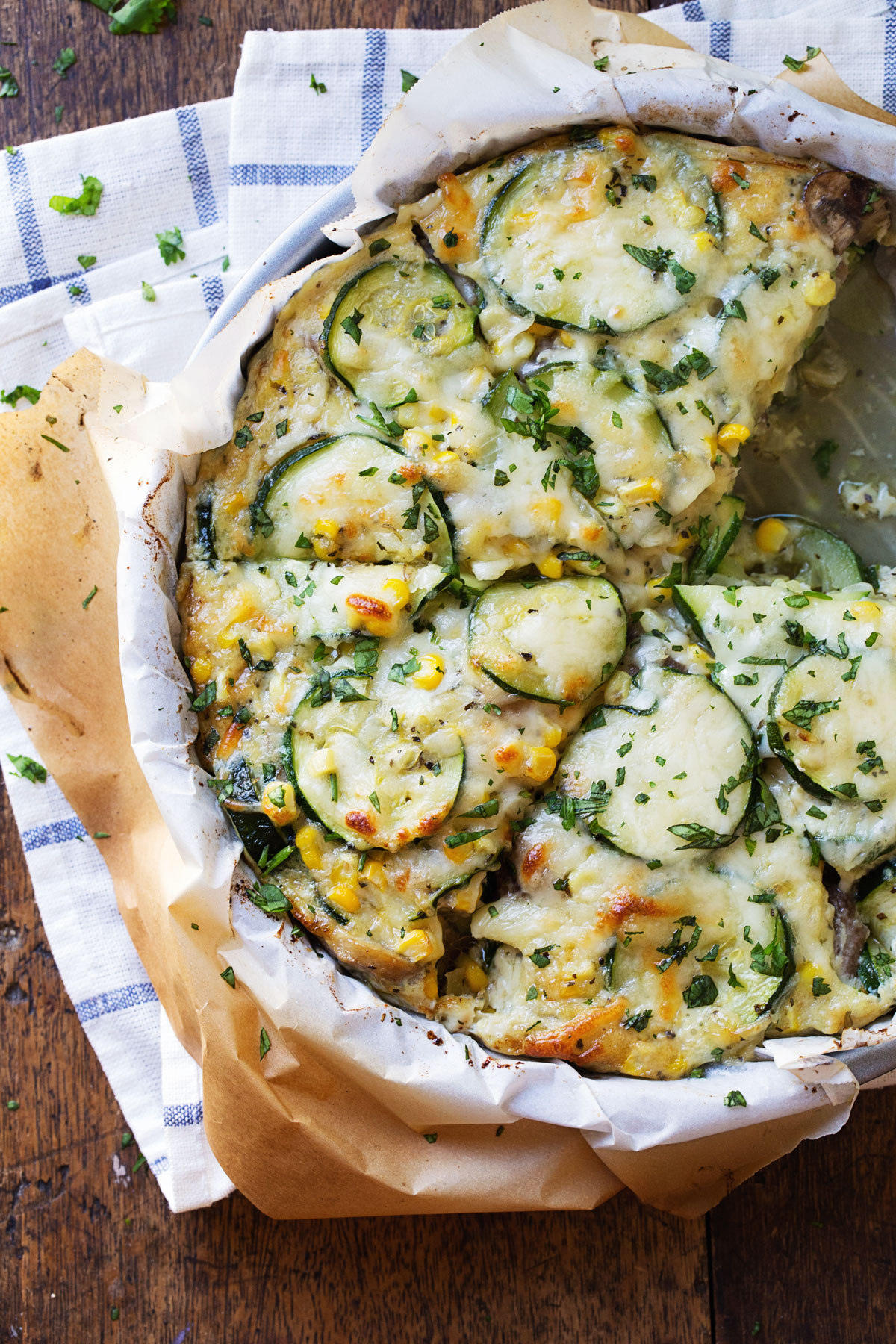
Photo via pinchofyum.com
This frittata recipe is a delicious meal you can eat for breakfast, lunch, or dinner! The eggs are a great source of protein and vitamin B12 while the corn adds magnesium and vitamin B6. To make the dish even easier to prepare, use canned corn instead of cutting it off the cob. Serve with whole grain bread for a complete meal.
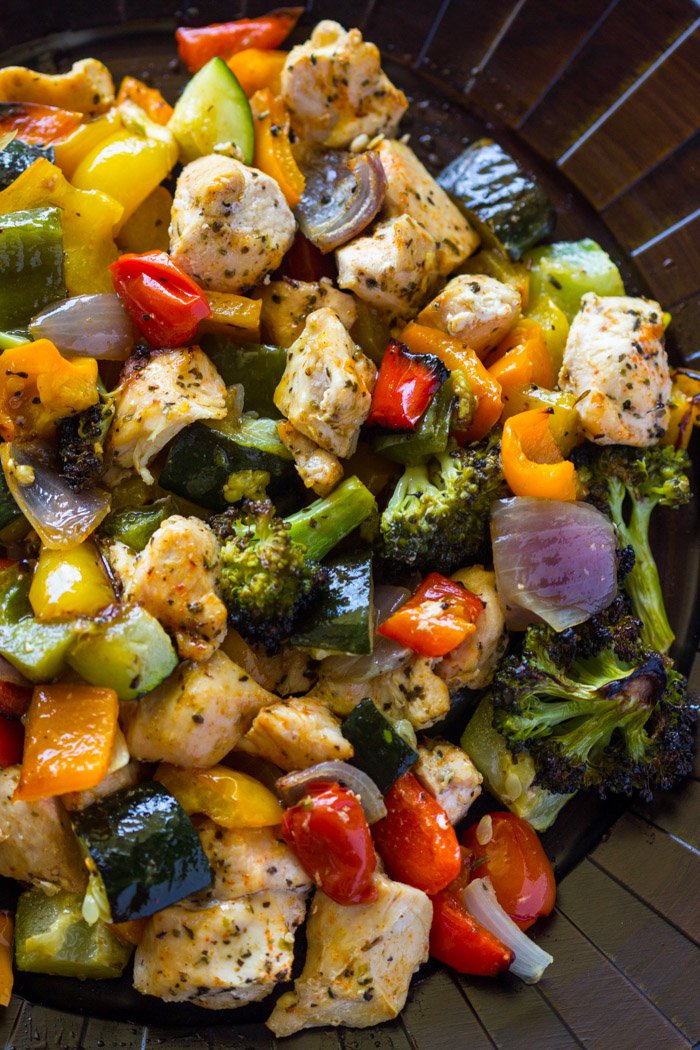
Photo via gimme delicious.com
This recipe is packed with nourishing vegetables — including vitamin C-rich bell peppers and broccoli packed with vitamins C and K — and it can be made in just one pan! If you’re new to cooking, the website even has a video instructing viewers on how to assemble the dish. Serve with quinoa, farro, whole wheat cous cous, or your favorite grain.
If you make any of these recipes in your new apartment or if you have another favorite easy, nourishing recipe, please share your experience with us at livewellblog@ucla.edu or on social media!
Danielle de Bruin is an undergraduate student at UCLA majoring in Sociology with a double minor in Italian and Global Health. She is the blog coordinator for the UCLA Healthy Campus Initiative and the director of UCLA’s Body Image Task Force, which is a committee within the UCLA Student Wellness Commission. With the Body Image Task Force, Danielle organizes events, workshops, and campaigns to promote healthy body image, self-confidence, and mental health on campus. She is also a published co-author in the journal PLOS Medicine.
Whether you have been enjoying a relaxing vacation, taking classes, or doing an internship, the summer break is now quickly coming to an end. Once the school year begins, we will be once again faced with the fast-paced life at UCLA, consisting of classes, assignments, extracurricular commitments, and packed social calendars. While we’re so busy at UCLA, it is easy to overlook our diet. However, planning our meals and including certain foods in our diets can actually help us to manage our busy lives at UCLA!. Three foods in particular — eggs, tomatoes, and spinach — can boost the health of our brains. These three foods are easy to access, whether you live on the Hill or off-campus, and easy to incorporate into various recipes according to your taste.
Eggs
Eggs are not only versatile — they can be cooked in countless ways, from scrambled to fried to boiled, just to name a few — but also rich in choline, a nutrient that is similar to Vitamin B. A study from Boston University suggests that there is a positive association between choline consumption and cognitive performance. Subjects who had higher intake of choline in their diet performed better on verbal memory and visual memory tasks. In addition, authors of the study indicate that choline plays an important role in producing acetylcholine, a neurotransmitter that is essential for normal cognition and brain function.
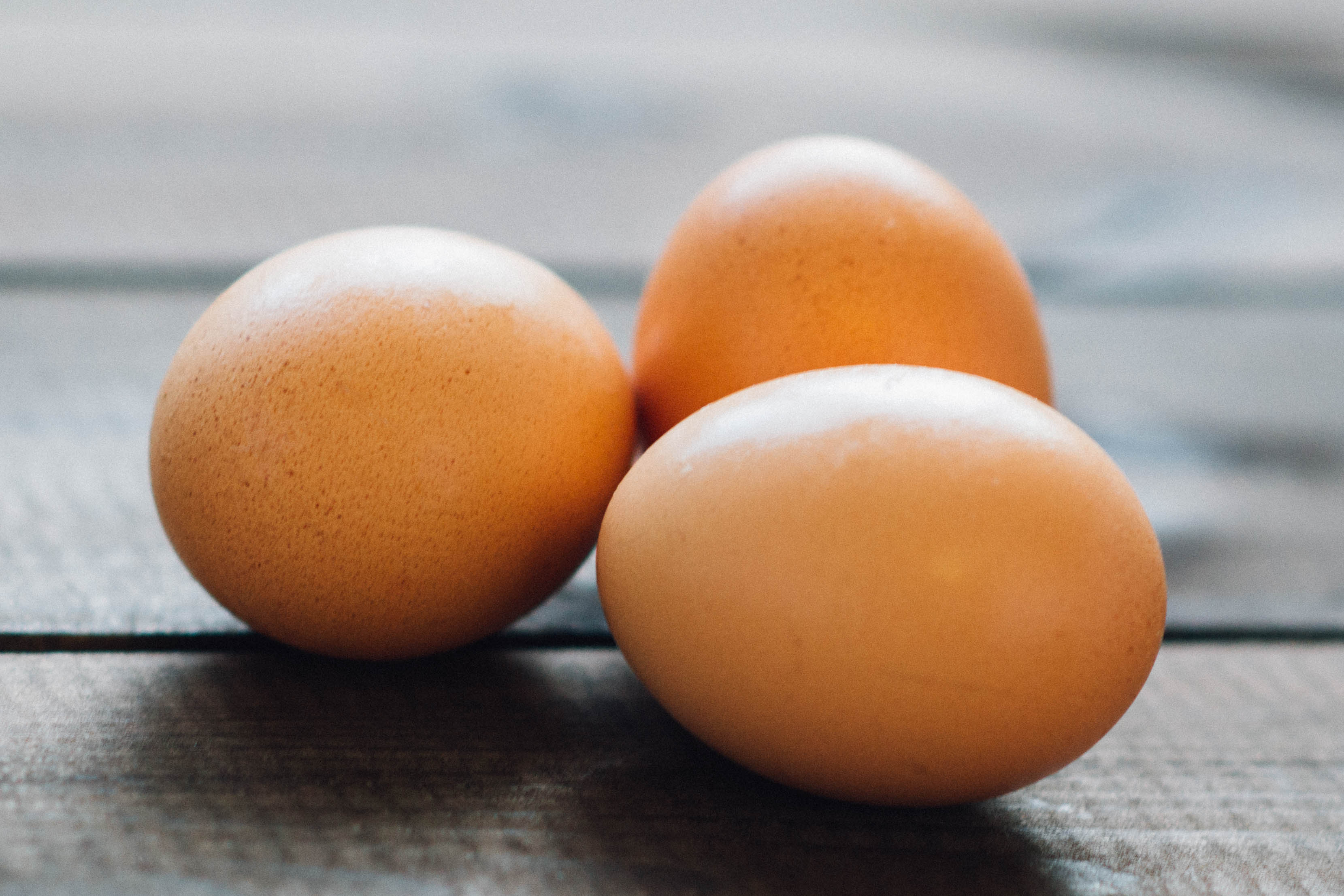
Photo via Google Images
Tomatoes
From sandwiches to soup to pasta sauce, the tomato can be a part of the daily diet in numerous ways. Tomatoes are packed with beneficial nutrients, such as vitamin A, vitamin C, and a wide array of antioxidants. Among them, the antioxidants lycopene and beta-carotene stand out as brain-boosting nutrients. As this Psychology Today article suggests, these antioxidants are helpful in eliminating free radicals, which are highly reactive chemical compounds that can damage important cellular components. Additionally, lycopene regulates genes that influence inflammation and brain growth.
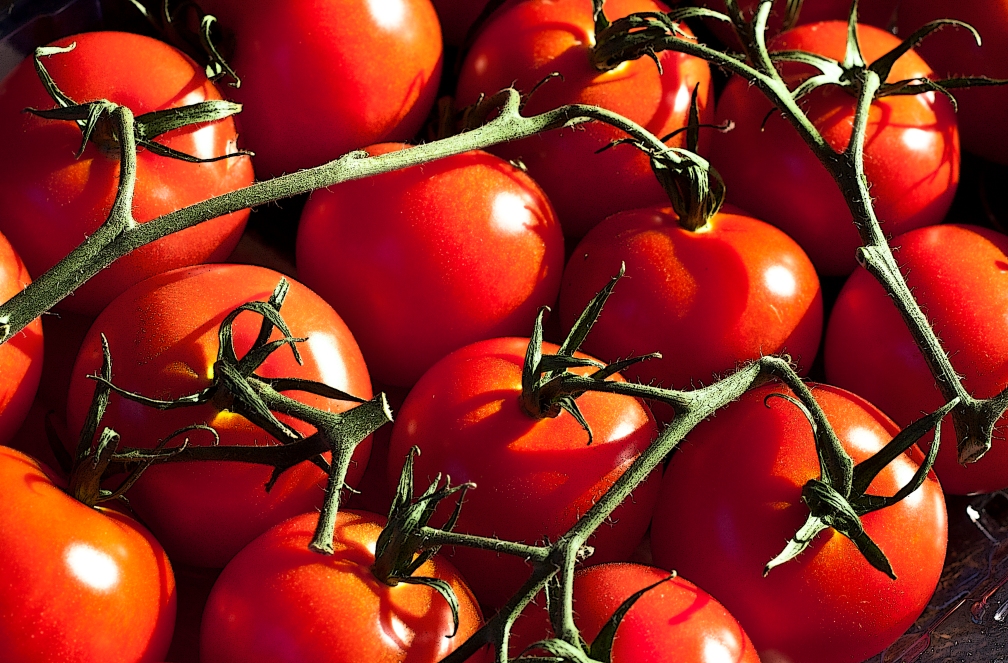
Photo via Google Images
Spinach
Another common, versatile, brain-boosting food is spinach. Spinach can easily be added into a wide variety of dishes such as salads, omelets, curries, smoothies, and quesadillas. Spinach is a rich source of lutein, an antioxidant that protects the brain against cognitive decline. This study showed that over a period of 20-25 years, the frequency of spinach consumption and other leafy vegetables was inversely correlated with cognitive decline. Plus, spinach offers many other health-promoting qualities. It’s high potassium content aids in lowering blood pressure and it’s high fiber content promotes good digestive health.

Photo via Google Images
Miso Kwak is an undergraduate student at UCLA majoring in Psychology with a double minor in Disability Studies and Education Studies. In addition to blogging for the UCLA Healthy Campus Initiative, she plays the flute with the UCLA Woodwind Chamber Ensemble. Outside of school, she works as a mentor for high school students through Accessible Science, a nonprofit organization that facilitates science camp for blind youth.
By Susan Salter Reynolds and Wendelin Slusser
Every month new test results pour in to confirm what all chocoholics know: Chocolate is good for you. Decreased blood pressure, improved blood vessel health, and improved cholesterol levels are just a few of the benefits.
Flavinoids, Our New Best Friends
Chocolate contains flavonoids–antioxidants also commonly found in fruits, vegetables, tea, and red wine. According to Eric L. Ding, PhD, of Harvard Medical School, the polyphenolic flavonoids in cocoa have the potential to prevent heart disease. Flavonoids help decrease “bad” LDL cholesterol among people under age 50, and increase good HDL cholesterol. In addition, chocolate has been found to improve elevated blood pressure.
A Little Bad News
You cannot simply eat as much chocolate as you want without increasing your level of physical activity, or you will gain weight. Raw chocolate contains high levels of cocoa butter, rich in saturated fat, some of which is removed and added back in varying amounts by chocolate makers, as well as other fats, sugars, and milk. Cocoa butter is made up of equal amounts of oleic acid (a heart-healthy fat also found in olive oil), stearic and palmitic acids (saturated fats). While saturated fats have the reputation for increasing the risk of heart disease, stearic acid has been shown neither to increase nor decrease cholesterol. Therefore 2/3 of the cocoa butter fat is either healthful or not harmful. In addition, try to avoid chocolate close to bed time as it (and other caffeine-filled food and drinks) can keep you awake.
Buy the Best
The darker the chocolate, the more antioxidant properties it contains. Darker and finer chocolates also contain higher percent of cocoa butter as the fat (of which the majority of the fat is not harmful, as described above). The specific flavanol thought responsible for these positive antioxidant health effects is called epicatechin and is found in dark chocolate but only found in minimal amounts in white or milk chocolate.
In addition, consuming no more than one ounce every other day of chocolate containing at least 70% cocoa is considered to be the “sweet spot” for not consuming too many additional calories (170 calories) and receiving the benefits from its positive impact on blood pressure and cardiovascular risk.
Of course don’t forget to eat other flavonoid rich foods such as apples, red wine, tea, onions and cranberries.
And the Plant is Beautiful
The scientific name of cocoa is Theobroma Cocoa. The tree thrives in a tropical environment and is always full of flowers–yellow-white to shades of pink. The fruits are 15 to 20 cm long, grey or dark red when unripe, bright red or golden when ripe, and contain up to 40 seeds, otherwise known as beans. Like wine, the soil in which cocoa trees grow gives them a specific terroir, a scent and taste that is unique to their ecosystem.
The cacao tree was discovered over 2,000 years ago in the tropical rainforests of the Americas. The first people known to have consumed cacao were the Classic Period Maya (250-900 A.D.). They mixed ground cacao (cocoa) seeds with seasonings to make a bitter, spicy drink that was believed to be a health elixir. To the Mayans, cocoa pods symbolized life and fertility. The Aztecs also believed that wisdom and power came from eating the fruit of the cocoa tree.
This should be all you need to justify your habit! Few pleasures come so well recommended.
Follow UCLA Healthy Campus Initiative on Twitter: www.twitter.com/HealthyUCLA